Daisy Gilardini
Daisy Gilardini is a conservation photographer who specializes in the Polar Regions, with a particular emphasis on Antarctic wildlife and North American bears. She is from Switzerland originally, and is now based in Vancouver, Canada. She fell in love with Antarctica during her first trip there in 1997. She has since devoted most of her time to photographing the Polar Regions. In 21 years of polar exploration, she has joined almost 70 expeditions to Antarctica and the Arctic. Among her accomplishments, she has skied the final degree to the North Pole.
Location: Svalbard Islands, Norway
Date: 10th July 2022
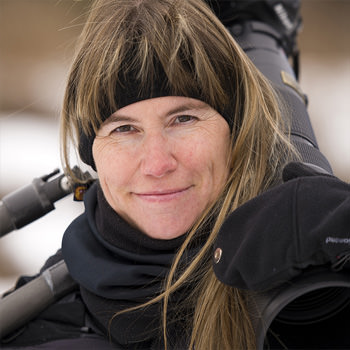

Heroes of the extreme
An interview with Daisy Gilardini.
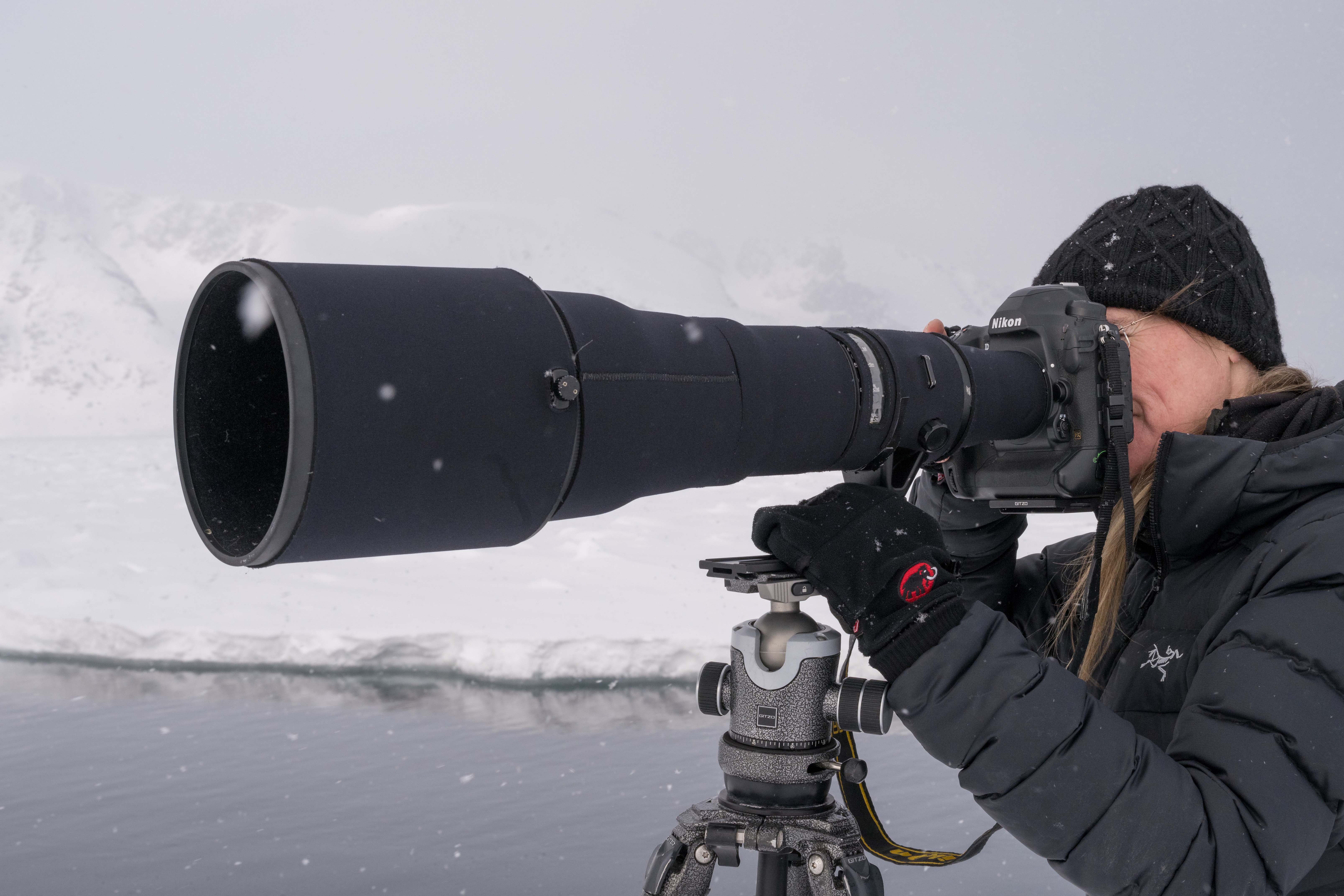

Daisy in the Svalbard Islands using the Ball Head Series 4 and Systematic Tripod.
Meeting Daisy
The journey to the extraordinary.
When did you start photographing, and how did you become a professional?
I wanted to be a veterinarian from the time I was a young child, as I always loved nature and animals. Life often does not turn out as you expect, though, and I ended up working in financial services as a Swiss-certified accountant and financial advisor. After attaining my master’s degree, I started my own firm. With a solid business plan and good organizational skills, I was able to balance my day-job commitments with my desire to travel and pursue my interests in nature and photography. I started taking on self-assignments, and after a while I had to hire an assistant to help with the accounting business.
Each time I returned to the office, though, I felt unfulfilled. I started writing articles for magazines that might be interested in publishing my work. It was like having two full-time jobs. My days would start at 7am and finish at midnight, seven days a week. I always believed I would succeed in the end, though, through my three P’s rule: passion, patience and perseverance. My work was being published more and more often, and in 2006 I became a full-time photographer.
How did you choose to become a conservation photographer? And why the polar regions?
I was driven by the desire to spend more time in the wilderness, to reconnect with Nature and capture the aesthetic beauty of wild animals with my photography.
It wasn’t long, though, before I realized that these wild animals and the habitat, they live in face unprecedented challenges.
My philosophy in life has always been to follow one’s heart and live my dreams. Focusing on one subject is not a choice, at least not for me. It is more a question of doing what I am most passionate about.
I love the cold and have always had a connection with the animals that live in those regions. And that’s how I came to focus on the polar regions.
What is your greatest ambition as a professional photographer?
I have always felt my goal is to encourage people to reconnect with Mother Nature through photography. By using striking images, I’m trying to engage their emotions and feelings of empathy in a way that may eventually encourage them to change their day-to-day behaviour and how they look at the world. The more engaged we are, the more likely we are to be prompted to action.


Polar Bear traversing the icy snow.
Daisy's gear
Ensure those moments are never compromised.
What is so special about Gitzo equipment that made you choose it above the others? How do the extreme conditions you work in, affect your choice of gear?
As a wildlife photographer who specializes in the polar regions, I work in some of the most challenging conditions there are on the planet.
When I’m in the field, I have to cope with cold, rain, snow and ice on a daily basis. For this reason, my gear has to be robust, reliable and precise.
In all the years I have used Gitzo equipment, it has never let me down. The new Series 4 centre Ball Head, for example, is the best ball head I have ever worked with.
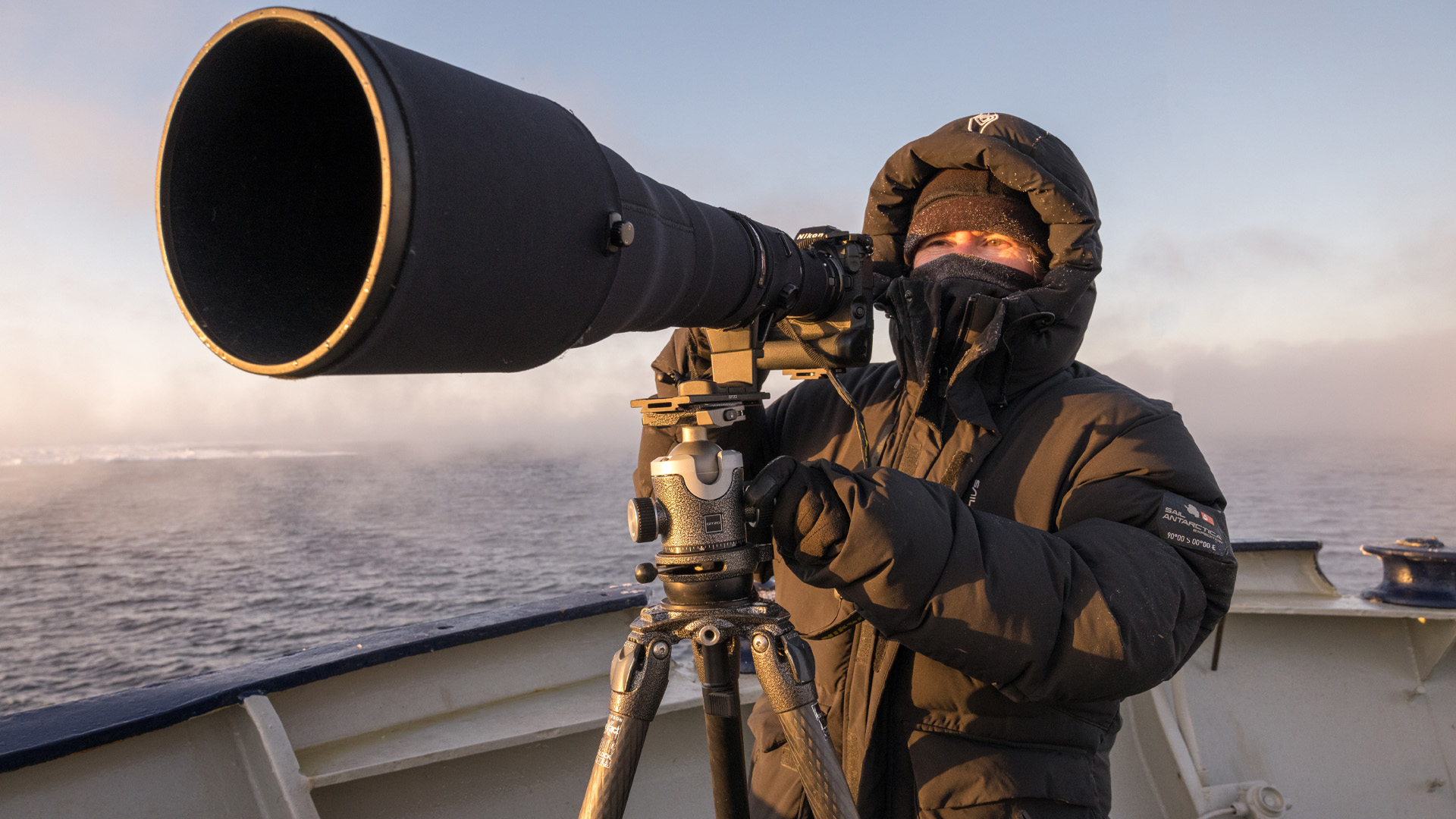

Daisy using the Ball Head Series 4 and Systematic Tripod.
What gear do you usually take with you on an expedition?
My standard, go-to kit consists of three Nikon mirrorless camera bodies; six Nikkor lenses that cover everything from 14mm to 800mm; Nikon binoculars; a Lowepro Whistler II backpack; two or three tripods (Mountaineer/ Systematic/ Traveler); three heads (Gitzo Series 4 Ball Head, gimbal fluid head, and a two-way fluid head); Gitzo monopod; and a Gitzo microphone boom pole (for underwater photography).
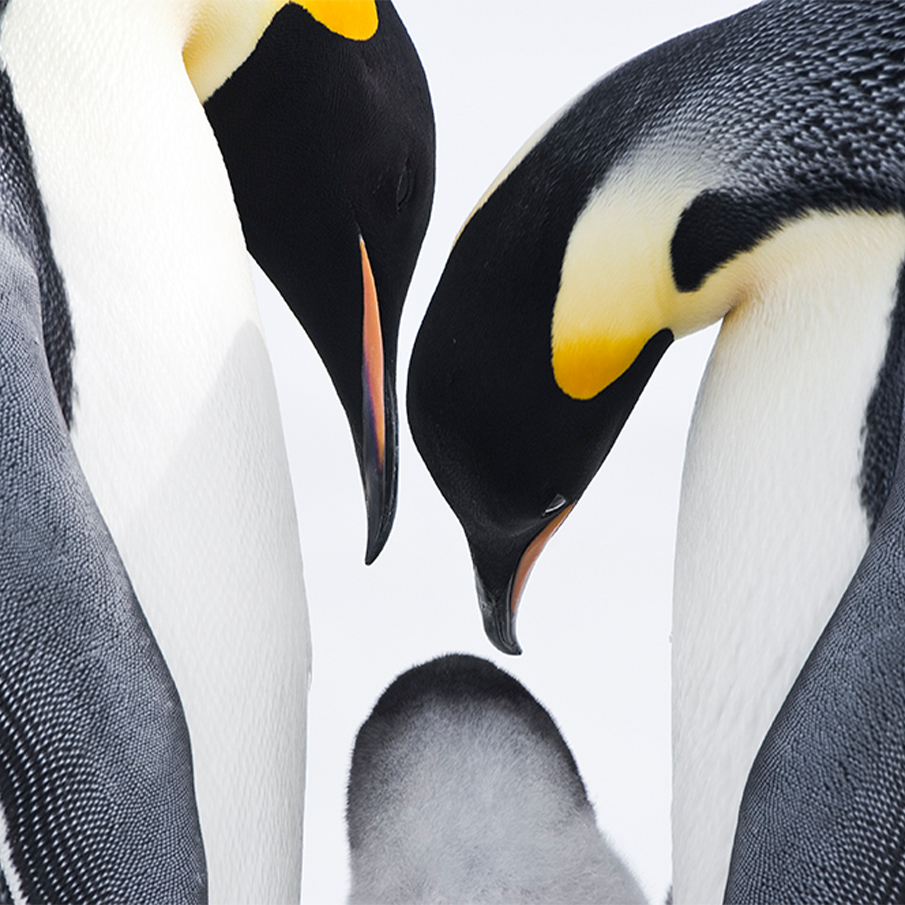

Two penguins with their baby chicks.
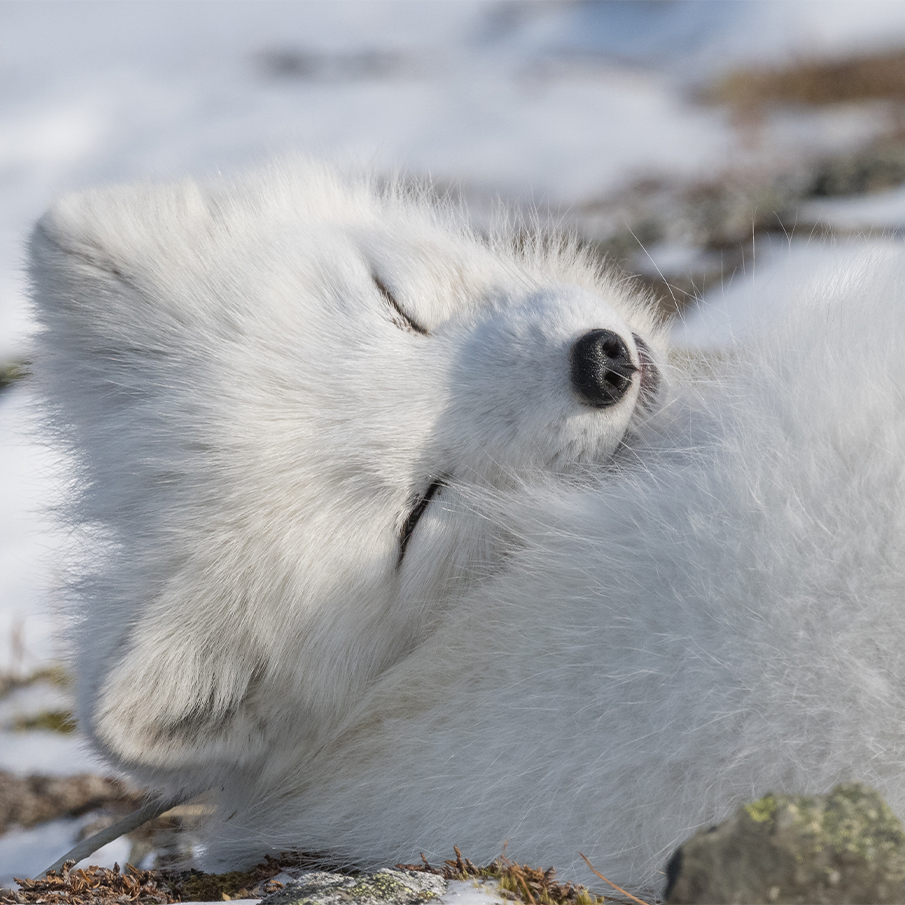

An Arctic Fox sleeping in the light of the sun.
Framing the extraordinary
Capturing award winning photographs.
You often say, “Science is the brain, while photography is the heart”. That is a very strong and evocative way of describing it. Why is that?
Photography is not just an art form. It is one of the most important and powerful mediums of communication we have. It’s a universal language, understood by everyone, regardless of colour, creed, nationality or culture.
The power of images is about immediacy. Scientific studies have shown people remember 10% of what they hear, 20% of what they read, and 80% of what they see. The brain process images at a rate 60,000 times faster than text.
Sharing images of beautiful conservation flagship species like polar bears and penguins, when coupled with a strong conservation message, connects people on a deep emotional level and act upon a much greater and intangible concept as climate change
While science provides the data that explains issues and suggests solutions, photography symbolizes these issues. Science is the brain, while photography is the heart.
We need both if we are to inspire the kind of behavioural changes we need to preserve and protect the environment through conservation. For Nature, and for us.
Be inspired
Read about Daisy's breathtaking journey in Antarctica.
ANTARCTICA
A Gitzo Story by Daisy Gilardini
READ THE STORY

























